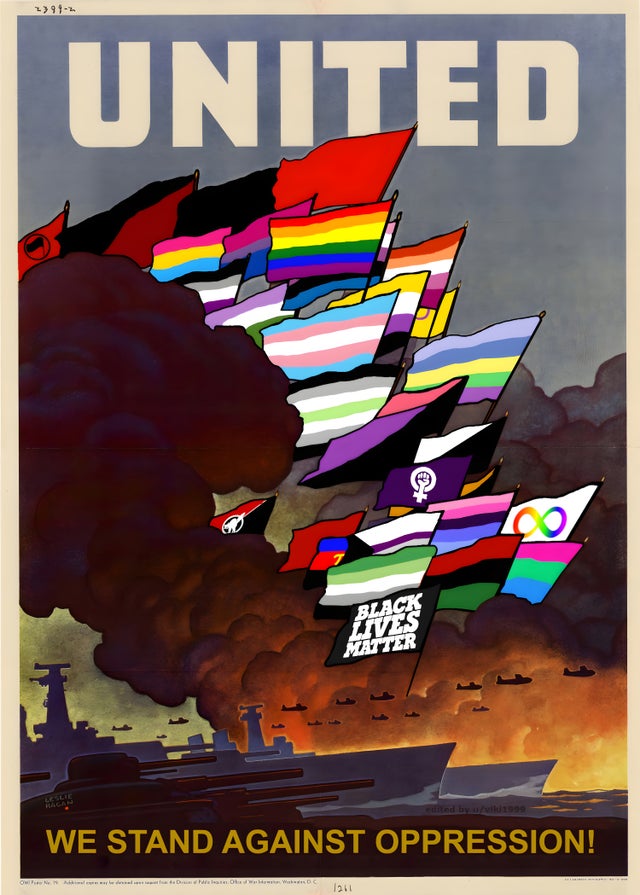Once you learn how to understand and apply historical materialism and break out of capitalist canards like the myth of barter, it becomes much easier to come up with the things that make societies feel evolving, nuanced, and alive: internal struggles, subcultures and countercultures, political movements, economic bases, social mores and customs. That, plus having a variety of real-world examples to draw from to avoid falling into the trap of capitalist realism.


I've been thinking about this a lot recently, too. In reflecting on some of the D&D campaigns I've run, I realize how much of capitalist life is reflected within them. I'd be interested in hearing how you apply Historical Materialist thinking to world building.
One thing I've always wanted to avoid is making other ancestral societies simply be "Human Elves". Meaning, Elves have all the same economic and political norms that a Human society has. It simply doesn't make sense to me that a society of people, objectively created by gods, who live for over 750 years (or forever in some settings), would have a gold-based market economy and notions about private property. The same basically goes for Dwarves as well.
If labor is the base of all societies, and the people in some of these societies can live for hundreds of years, what kind of impact does that have on the superstructure of their societies?
Yeah, it's a lot of fun to think about how people being extremely long-lived or immortal would shape a society. Just off the top of my head, you can't really disentangle human political development from the idea of inheritance, whether that be inheritance of property or the countless societies that have had some form of hereditary rule.
Thanks for asking! To give one example, my most recent project has been a bronze-age society of sapient gryphons (who have the talon dexterity to use tools and do other human things). Having just come off reading David Graeber's Debt: The First 5000 Years, I remembered a section describing how currencies like metal coins in many cases ended up being marked and used as forms of credit ledgers, and reading about how during food shortages, ancient states would often do some form of grain distribution to stave off the worst of famine.
From these, I came up with the idea of a sort of welfare system where, during times of famine, the gryphon society's state issues monthly tin coins, each entitling a citizen to a share of millet from the palace granaries. The first three times the coin is redeemed, it's punched, and the fourth and final time, the coin itself is turned in, to be melted down and recast for next month's distribution. In effect, the coins act as a sort of bronze age ration cards. Tin was chosen for its low melting point (handy to use for things you're repeatedly recasting) and because I'd earlier established that the society was known for its expert bronzeworking, implying that it had access to appreciable tin deposits.